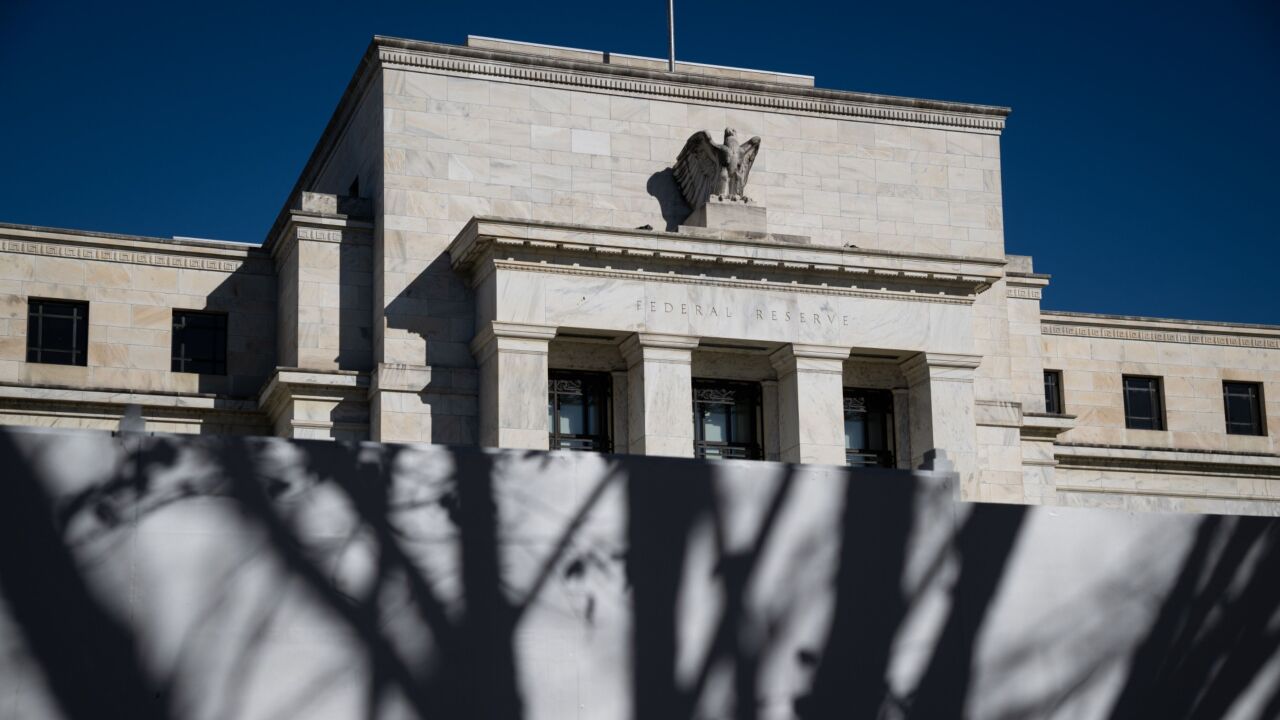Online banking, once envisioned as a replacement for traditional branches, is increasingly dependent on branch employees to promote its adoption and use, according to senior executives at banks that have been promoting Internet services for some time.
Indeed, a conundrum seems to have emerged that would have been near-impossible to predict in the early days of online banking. It is now accepted wisdom that customers who rely on Web banking are among the most valuable - they stay with a bank longer, and maintain higher-than-average deposit and loan balances - but it appears to be the branch experience, and not the Web itself, that is building that momentum.
"The direct-sales force is able to overcome that last hurdle that customers may have," said Paul Ayres, a senior vice president and the head of online services at KeyCorp.
Banks are not the only financial institutions that have come to understand this. For example, even during the peak of the online stock-trading craze, Charles Schwab & Co., said that despite all of its online promotions, most new customers still came in through the branches.
Given the loyalty and value of Web banking customers, banks are understandably eager to drive usage higher. In the early days of the Internet, they thought they could attract new customers with their online services alone, by touting the convenience of the channel and introducing innovative products and services.
But now, online banking executives generally say that their best opportunity is to cement relationships with existing customers - and that branches offer the best shot at reaching them, followed by call centers.
The new reality has banks adjusting their training of branch personnel to emphasize the selling of online services. With varying degrees of formality, banks are trying to make sure that branch and call center employees are knowledgeable about online offerings, and that they actively use the services themselves.
KeyCorp's Mr. Ayres presents half-day programs to groups of 20 or 30 of the Cleveland company's employees four to six times a month, beginning with an overview of what's available on the Internet and then moving to a description of what Key offers. He concludes with a demonstration of how to use Key's online service.
Mr. Ayres said that about 30% of Key's consumer checking account base has signed up for online banking, around the level that other large banks report.
First Citizens BancShares Inc. in Raleigh, N.C., runs internal contests from time to time to boost usage of online banking, said Jeff Ward, an executive vice president and the head of retail banking. Employees who pay a number of bills online are entered into a drawing for a Palm Pilot, he said: "If our employees are using online banking themselves, they'll be more comfortable talking about it."
A sizeable portion of online enrollment occurs when new accounts are opened, bankers say. Well-informed branch and call center representatives can also pitch online banking in the course of routine interactions.
"When someone calls to ask for a copy of a check, the banker can say, 'Did you know you can get this online?' " said Parrish Arturi, a senior vice president for e-strategy at Wachovia Corp. in Charlotte.
Banks also promote their online services through direct mail, through inserts in account statements and in mass-media advertising. But usually these efforts are on a much smaller scale than the branch efforts.
Branch-based promotion, backed by employees who know the service inside-out, are among the essential elements of achieving above-average online banking penetration rates, according to Celent Communications, a Boston-based technology consulting and research firm, which last week published a report on fostering adoption. But banks also need to address customer concerns about security head-on, and position bill payment services as a central part of online banking, rather than an add-on feature, Celent said.
Alenka Grealish, the Celent research analyst who wrote the report, said that while about 22% of U.S. consumers have used online banking, penetration of consumer customer bases is much higher in Finland, Norway, Sweden, and South Korea.
Bank of America Corp., which says it boosted enrollment in online banking by 42% from May to October, may be following Celent's prescription more closely than some others. It tries to allay security concerns by guaranteeing that there will be zero liability if there is unauthorized activity in a customer's online banking account, said Betty Riess, a spokeswoman for the Charlotte company.
B of A stopped charging fees for online banking and bill pay in May. It said enrollment in online banking surged to 4.4 million in the six months following the decision, from 3.1 million, and that bill-pay enrollment rose by 500,000, to 1.5 million.
Most banks say they try to sell bill-pay services as a package deal with online banking and that they are deferential to customers who are not as eager to pay bills online as they are to view balances and perhaps transfer funds among accounts.
"Changing your bill-paying habit is a much bigger step for customers," KeyCorp's Mr. Ayres said.
It is hard to tell from many banks' online banking adoption figures how many enrolled customers use the service regularly. Banks typically define customers as active if they have used the service in the last month, or perhaps the last three months.
It is clear to some bankers, however, that stimulating more active use of online services will take a separate push from one for enrollment.
"The sign-up is the easy part," said First Citizens' Mr. Ward.
If calls to a half dozen online executives are indicative, many banks are some distance away from having marketing programs aimed specifically at building active usage of their Internet-based services.
"I think they're being designed right now," said Scott Abercrombie, an executive vice president for alternative delivery with Sovereign Bancorp Inc. in Philadelphia.






